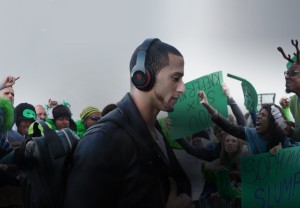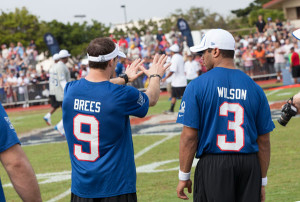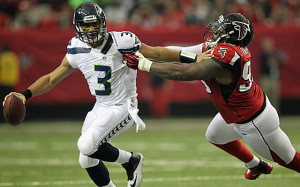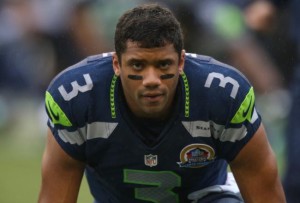The Seahawks dominated the 2012 NFL Draft. Seattle drafted the best player, Russell Wilson, in the third round. The second most valuable pick of the draft was, by almost any measure, linebacker Bobby Wagner, a Hall of Fame candidate selected in the second round. The Seahawks even had one of the two or three best picks of the seventh round, in J.R. Sweezy.
And yet with its first pick in the draft, Seattle swung and missed on edge rusher Bruce Irvin, who played and started fewer games with the Seahawks than Sweezy.
The Redskins and Bucs had similar stories. Washington rolled snake eyes when it drafted RG3, although one could argue (depending on why you think he failed in D.C.) that his disappointing tenure with the Redskins wasn’t a fault of scouting. But the Redskins drafted Kirk Cousins in the 4th round and Alfred Morris in the 6th round — it was an extremely impressive draft once you forget the team’s first pick. Tampa Bay drafted a man without a position, safety/linebacker Mark Barron, with the seventh overall pick, and he lasted just 37 games with the team before being traded for 4th and 6th round picks. But the Bucs selected Doug Martin and Lavonte David with the team’s next two picks, and safety Keith Tandy was a good find (mostly on special teams) in the sixth round.
On the other side, you have the Panthers and Steelers. Carolina hit a home run with Luke Kuechly in the first round, but the Panthers next three picks have started just 37 games. The Panthers non-Kuechly portion of the draft was saved with Josh Norman in the sixth round, but even he only had one great year in Carolina.
Pittsburgh drafted an All-Pro in guard David DeCastro late in the first round, but the team’s next seven picks were disappointments. The Steelers final pick was OT Kelvin Beachum, a successful late round pick who started for two years in Pittsburgh. [continue reading…]






